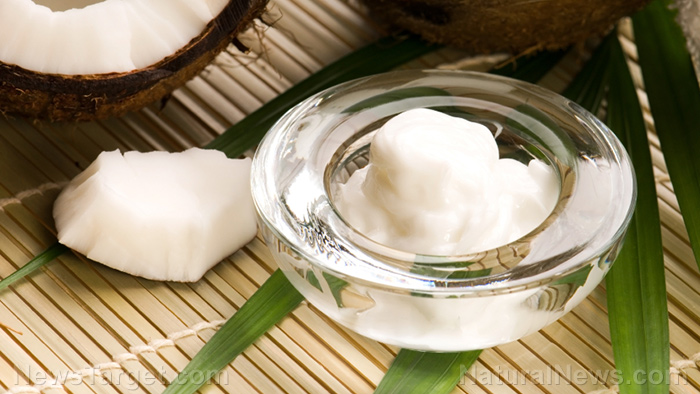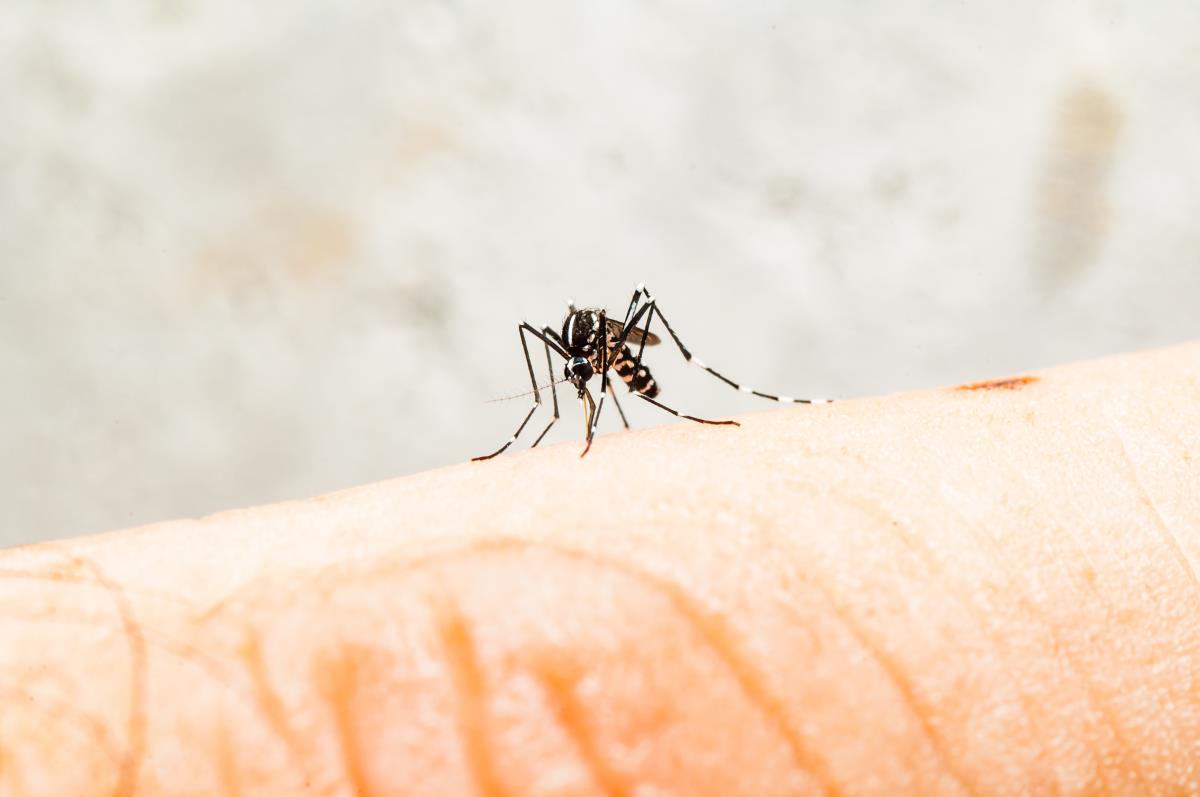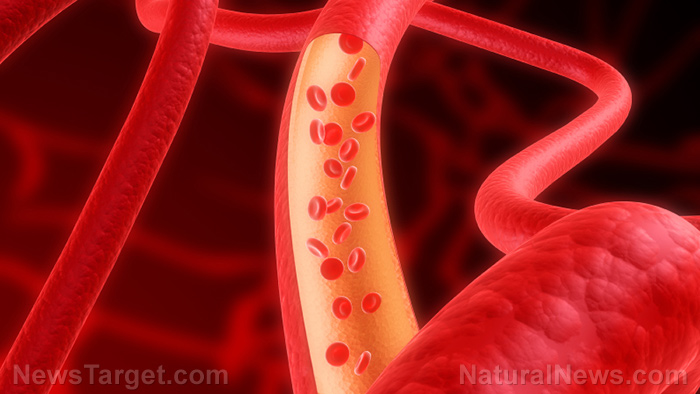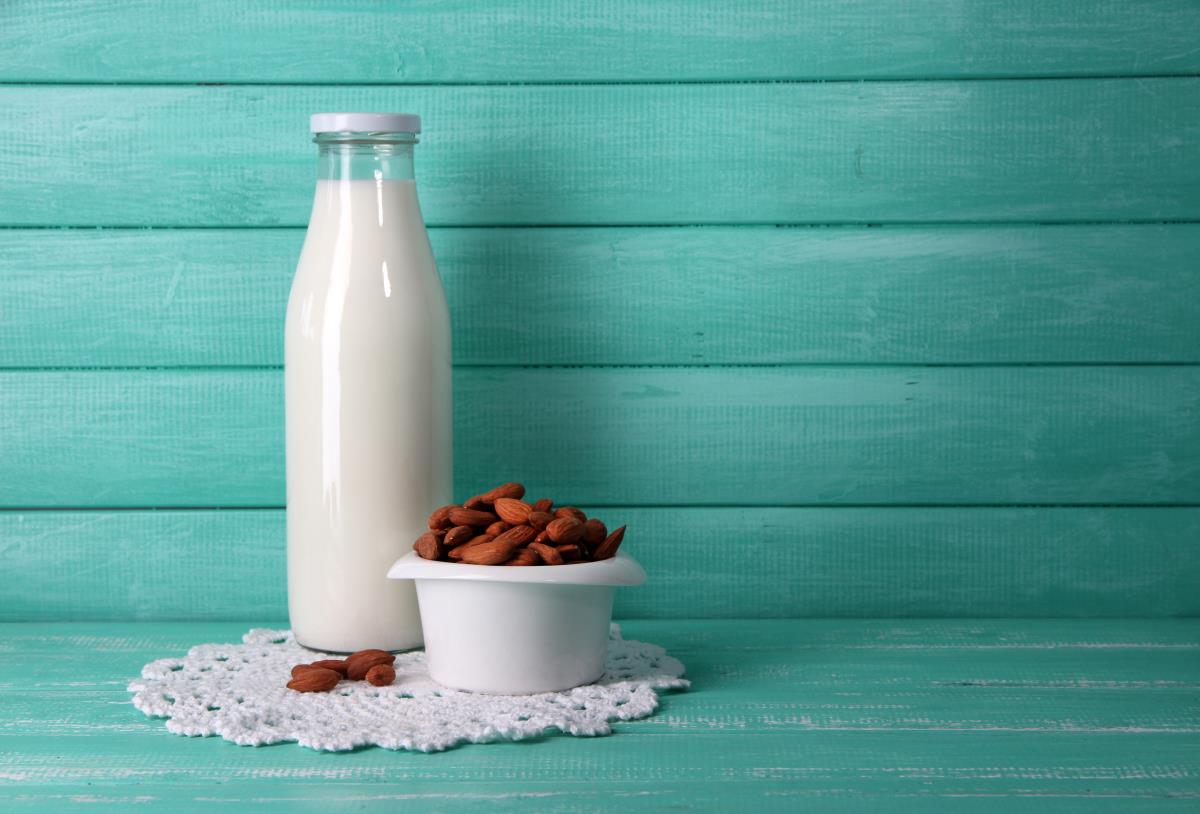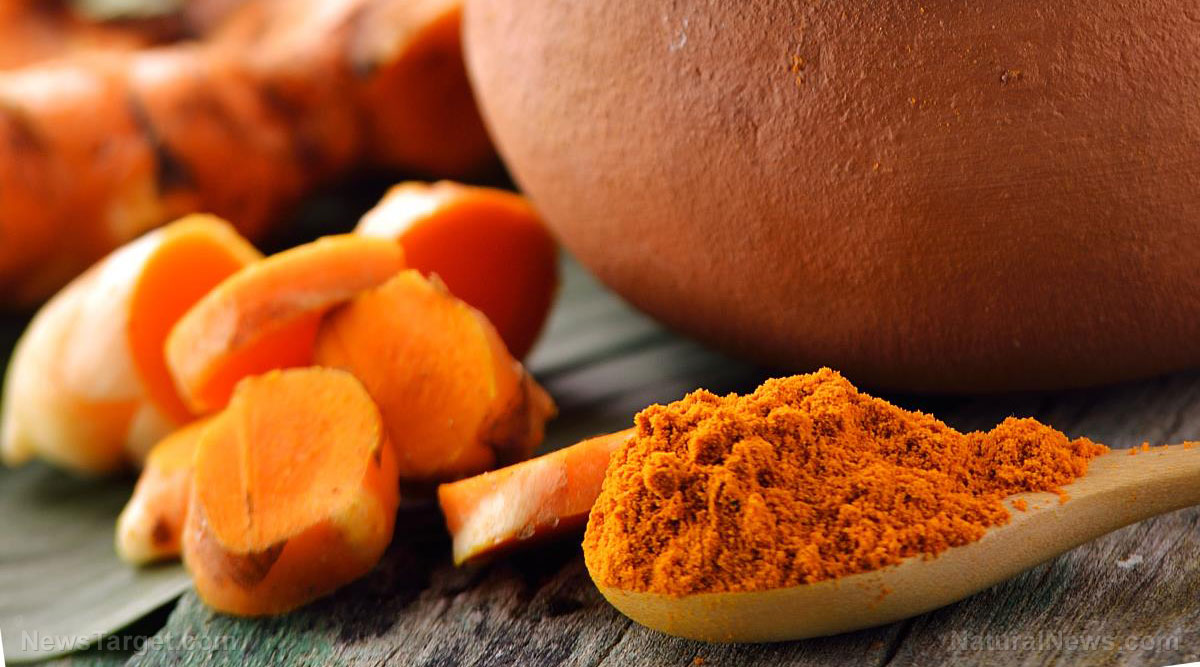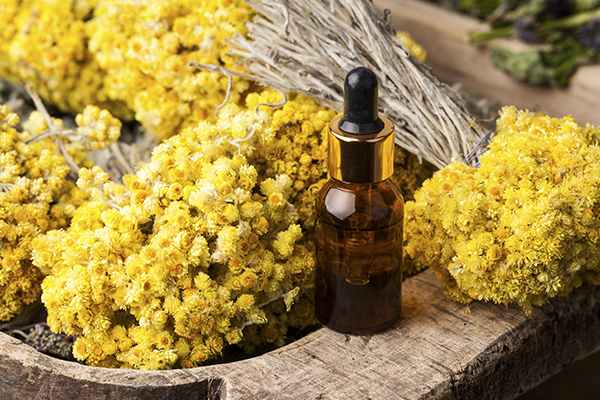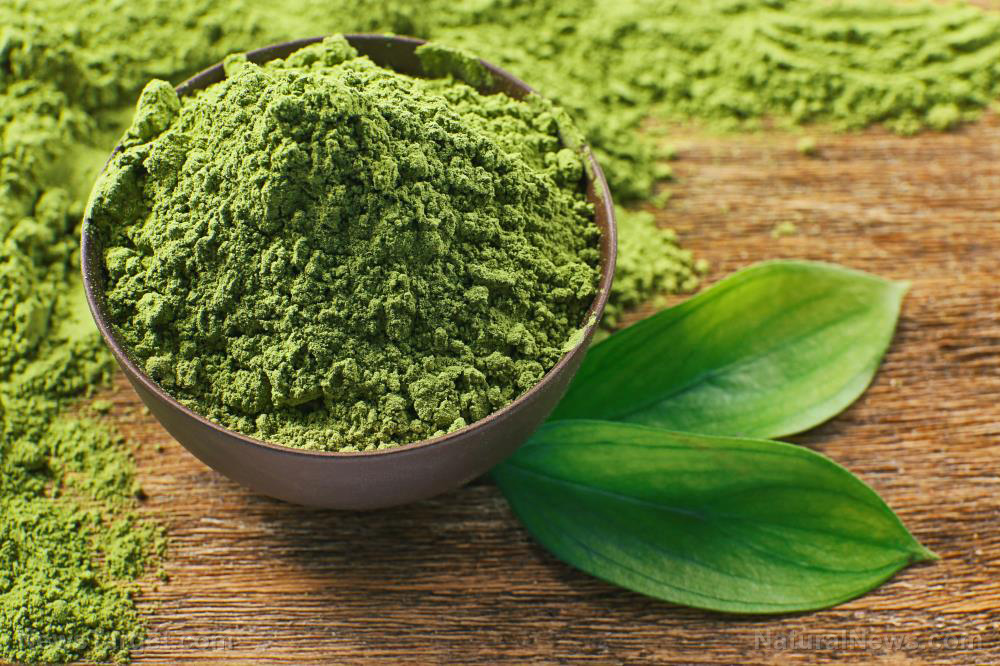Antioxidant found in green tea could be the key to eliminating antibiotic resistant bacteria
09/02/2020 / By Virgilio Marin

A natural plant compound may hold the secret to eliminating antibiotic-resistant bacteria, suggested a study published in the Journal of Medical Microbiology. Researchers from the United Kingdom and Germany said that an antioxidant in green tea, epigallocatechin gallate (EGCG), helps restore the effectivity of medications used to treat bacterial infections.
EGCG is a plant compound that is linked to a lot of health benefits including weight loss and reduced risk of cardiovascular disease. It belongs to the group of compounds known as polyphenols, which are antioxidants that are naturally found in fruits such as berries. Although EGCG is also found in other foods, it is best known as the major active compound in green tea.
Green tea antioxidant helps kill resistant bacteria
Antibiotic resistance is one of the biggest health crises facing the world today. In the United States alone, more than 2.8 million antibiotic-resistant infections occur every year, with more than 35,000 people dying as a result.
A 2019 report by the Centers for Disease Control and Prevention (CDC) listed 18 known antibiotic-resistant bacteria, one of which is Pseudomonas aeruginosa. This pathogen mainly affects people with a weakened immune system and patients with chronic lung diseases. It is multidrug-resistant, having developed resistance to many major classes of antibiotics in recent years.
A combination of antibiotics is currently used to treat P. aeruginosa, although infections caused by the bacteria is becoming increasingly difficult to treat.
In the present study, the researchers tested a novel combination treatment for eliminating P. aeruginosa which pairs an existing drug with EGCG. They conducted tests in a lab dish to examine how these two medicinal agents, separately and paired, interacted with the bacteria.
Results show that combining EGCG and the drug was more effective at reducing the number of P. aeruginosa than either agent alone. The team confirmed this finding by conducting a separate experiment, this time testing in vivo on Galleria mellonella, a species of moth. Those who were treated with both agents had higher survival rates than those treated with either agent alone.
They also observed that the novel treatment had little to no toxic effect on human skin cells and the moths.
According to the researchers, EGCG might have boosted the absorption of the drug by making the bacteria more permeable. It’s also possible that EGCG disrupted a biochemical pathway; recent research suggested that interfering with this pathway increases the susceptibility of resistant bacteria to antibiotics.
While more research is needed, the study’s findings add to the evidence that naturally occurring medicines may hold the key to eliminating antibiotic-resistant bacteria.
“We have shown that we can successfully eliminate such threats with the use of natural products, in combination with antibiotics already in use,” said Roberto La Ragione of the University of Surrey in England. (Related: Scientists examine essential oils for combating antibiotic resistance.)
Natural antibiotics that fight resistant bacteria
There are several natural antibiotics aside from green tea.
Honey was traditionally used to treat wounds and prevent and draw out infection. Its use medicinally continues today, with healthcare professionals finding it effective for treating chronic wounds, ulcers, burns, skin grafts and bedsores.
Research also shows that honey dressings can help heal wounds. One study found that honey effectively treats wounds infected with Staphylococcus aureus, a pathogen that is resistant to the antibiotic methicillin. The study also reported that manuka honey can suppress about 60 kinds of bacteria.
Aside from its antibacterial properties, honey can also promote wound healing by providing a protective coating that fosters a moist environment.
Another natural antibiotic, echinacea, is a group of flowering plants that is commonly called coneflowers. Native Americans used echinacea to treat infections and wounds for hundreds of years. And modern research is beginning to pick up on its antibacterial properties; one study reported that the extract of Echinacea purpurea, a species of echinacea, can destroy several kinds of bacteria including Streptococcus pyogenes, which is responsible for strep throat, toxic shock syndrome and flesh-eating disease. (Related: The Chinese ground orchid discovered to be a powerful antibiotic.)
There are various natural antibiotics that offer an effective and safe alternative to current medications. As more and more bacteria are becoming resistant to antibiotic drugs, humanity’s last and best defense will have to come from nature.
Sources include:
Tagged Under: alternative medicine, antibiotic resistance, antioxidant, epigallocatechin gallate, food cures, food is medicine, Green tea, infections, natural antibiotic, natural cures, natural medicine, phytonutrients, remedies, superbugs
RECENT NEWS & ARTICLES
COPYRIGHT © 2017 PHYTONUTRIENTS NEWS

